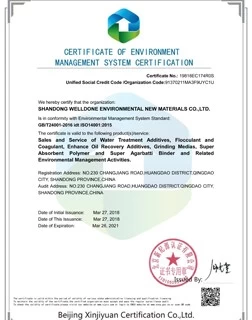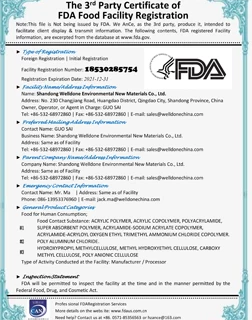why we should use HPMC cellulose thickener in gypsum plaster
1.Strong adhesion.
Plastering plaster and various wall substrates (concrete, aerated concrete, brick and mortar walls and roofs, etc.) can be well bonded. When plastering, first brush interface agent, so that the plaster wall will not appear hollow drum, cracking phenomenon.
2.Surface decorative.
The surface of plaster wall is delicate and smooth without ash, with high strength and no shrinkage. Elegant appearance, no smell, no alkali, no cracks.
3.Fireproof performance.
When the thickness of stucco plaster plaster is 20mm, the fire resistance limit can reach more than 2 hours.
4.Breathing function.
During the hardening process of stucco plaster, countless tiny honeycomb breathing holes are formed. When the indoor environment is humid, the breathing holes automatically absorb moisture; under the opposite condition, it can automatically release the reserve moisture.
5.Heat insulation.
The thermal conductivity of gypsum products is small, about 25% of that of cement concrete products and 30% of that of clay bricks.




.jpg.webp)

